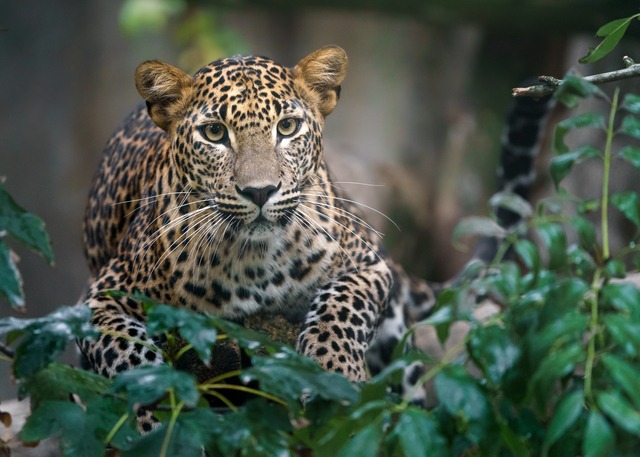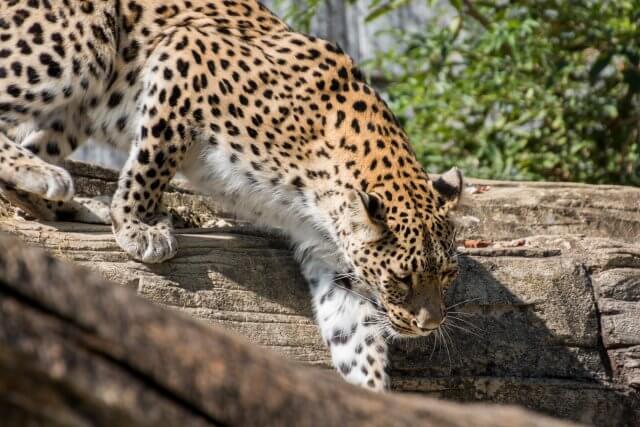Saving Endangered Leopards
Endangered Leopards
Leopards, with their majestic appearance and elusive nature, have captivated humans for centuries. However, these magnificent creatures are facing a grave threat to their survival. The International Union for Conservation of Nature (IUCN) lists leopards as a vulnerable species, with their population declining rapidly due to habitat loss, poaching, and human-wildlife conflict. In this article, we will explore the challenges faced by leopards and discuss the efforts being made to save them from extinction.
The Plight of Leopards
Leopards, scientifically known as Panthera pardus, are found across various habitats in Africa and Asia. They are highly adaptable and can thrive in diverse environments, ranging from dense forests to arid grasslands. However, their adaptability is being severely tested by human activities.
Habitat Loss
Endangered Leopards: One of the primary threats to leopard populations is habitat loss. Rapid urbanization, deforestation, and the expansion of agricultural land have resulted in the fragmentation and destruction of their natural habitats. As their territories shrink, leopards are forced to venture into human settlements in search of food, leading to increased conflicts with humans.
For example, in India, where leopards are revered as sacred animals in some cultures, the loss of forest cover has pushed them into human-dominated landscapes. This has resulted in an alarming rise in human-leopard conflicts, with reports of attacks on livestock and occasionally even humans.
Poaching and Illegal Wildlife Trade
Endangered Leopards: Poaching for their skin, bones, and other body parts is another major threat to leopard populations. The demand for leopard products, driven by traditional medicine practices and the illegal wildlife trade, has fueled the killing of these animals. According to a report by the Wildlife Protection Society of India, between 2015 and 2019, over 1,200 leopards were poached in India alone.
Furthermore, leopards are often caught in snares set for other animals, leading to their accidental deaths. The indiscriminate use of snares and traps not only affects leopards but also other wildlife species, contributing to the overall decline in biodiversity.
Conservation Efforts
Recognizing the urgent need to protect leopards, conservation organizations, governments, and local communities have come together to implement various initiatives aimed at safeguarding these magnificent creatures.
Protected Areas and Wildlife Corridors
Establishing and effectively managing protected areas is crucial for leopard conservation. These areas provide a safe haven for leopards and other wildlife, allowing them to thrive without human interference. Protected areas also play a vital role in maintaining ecological balance and preserving biodiversity.
Additionally, creating wildlife corridors that connect fragmented habitats is essential for the long-term survival of leopards. These corridors enable the movement of animals between different areas, reducing the risk of inbreeding and promoting genetic diversity.
Community-Based Conservation
Endangered Leopards: Involving local communities in conservation efforts is key to the success of leopard conservation. Engaging communities in sustainable livelihood practices, such as ecotourism and alternative income generation activities, can reduce their dependence on natural resources and minimize human-wildlife conflicts.
For instance, in Namibia, the Cheetah Conservation Fund has implemented a program that encourages farmers to adopt livestock management practices that minimize predation by leopards and other carnivores. By providing incentives and training, the program has significantly reduced conflicts between farmers and leopards.
Technology and Research
Endangered Leopards: Advancements in technology have revolutionized wildlife conservation efforts. Researchers are using techniques such as camera traps, satellite tracking, and genetic analysis to gather crucial data on leopard populations, their behavior, and movement patterns.
For example, a study conducted in South Africa used GPS collars to track leopards and identify high-conflict areas. This information helped conservationists develop targeted strategies to mitigate human-leopard conflicts and protect both humans and leopards.
Conclusion
Endangered Leopards: Leopards are facing numerous challenges that threaten their very existence. However, through concerted efforts and innovative conservation strategies, there is hope for their survival. Protecting their habitats, combating poaching, involving local communities, and leveraging technology are all crucial steps in saving these endangered creatures.
By raising awareness about the plight of leopards and supporting conservation organizations, we can contribute to their preservation. It is our responsibility to ensure that future generations can witness the beauty and grace of these magnificent big cats in the wild.
Read More About Leopards From Wikipedia





